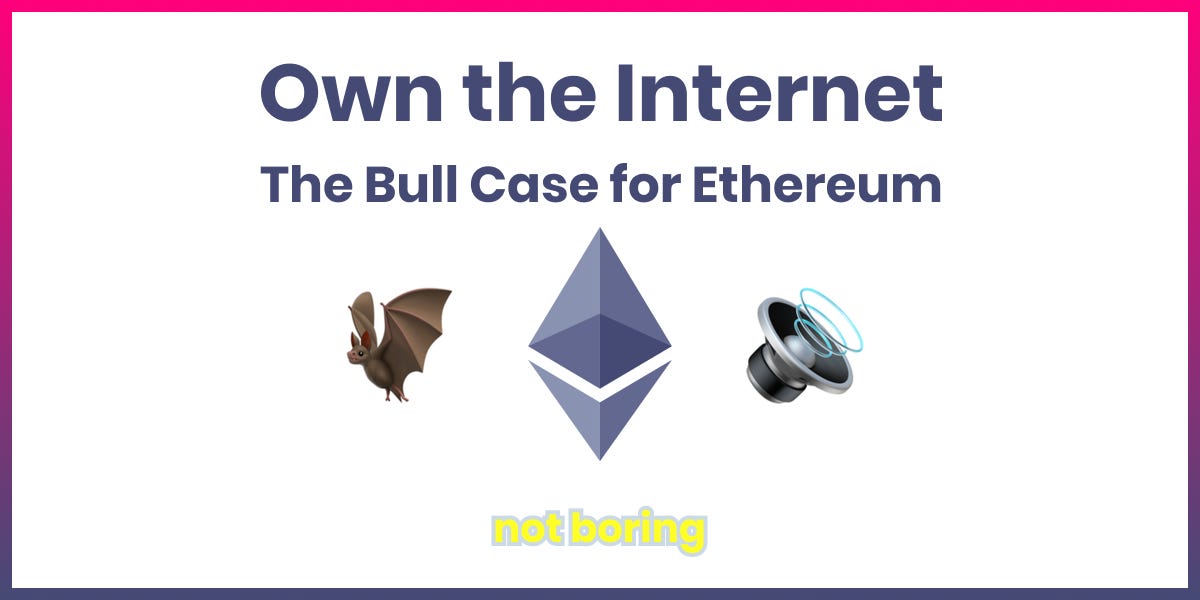
Mastering Bitcoin


Asset owners (or custodians) generate private keys, sign messages indicating asset transfer, and then broadcast those messages to the public so that the world can verify the scarce asset hasn’t been double spent. Each private key is tied to a public key. Where KYC/AML are necessary, public keys can be mapped to some off-chain identity system (e.g. ... See more
Kyle Samani • $100 Trillion
A purely peer-to-peer version of electronic cash would allow online payments to be sent directly from one party to another without going through a financial institution. Digital signatures provide part of the solution, but the main benefits are lost if a trusted third party is still required to prevent double-spending. We propose a solution to the ... See more